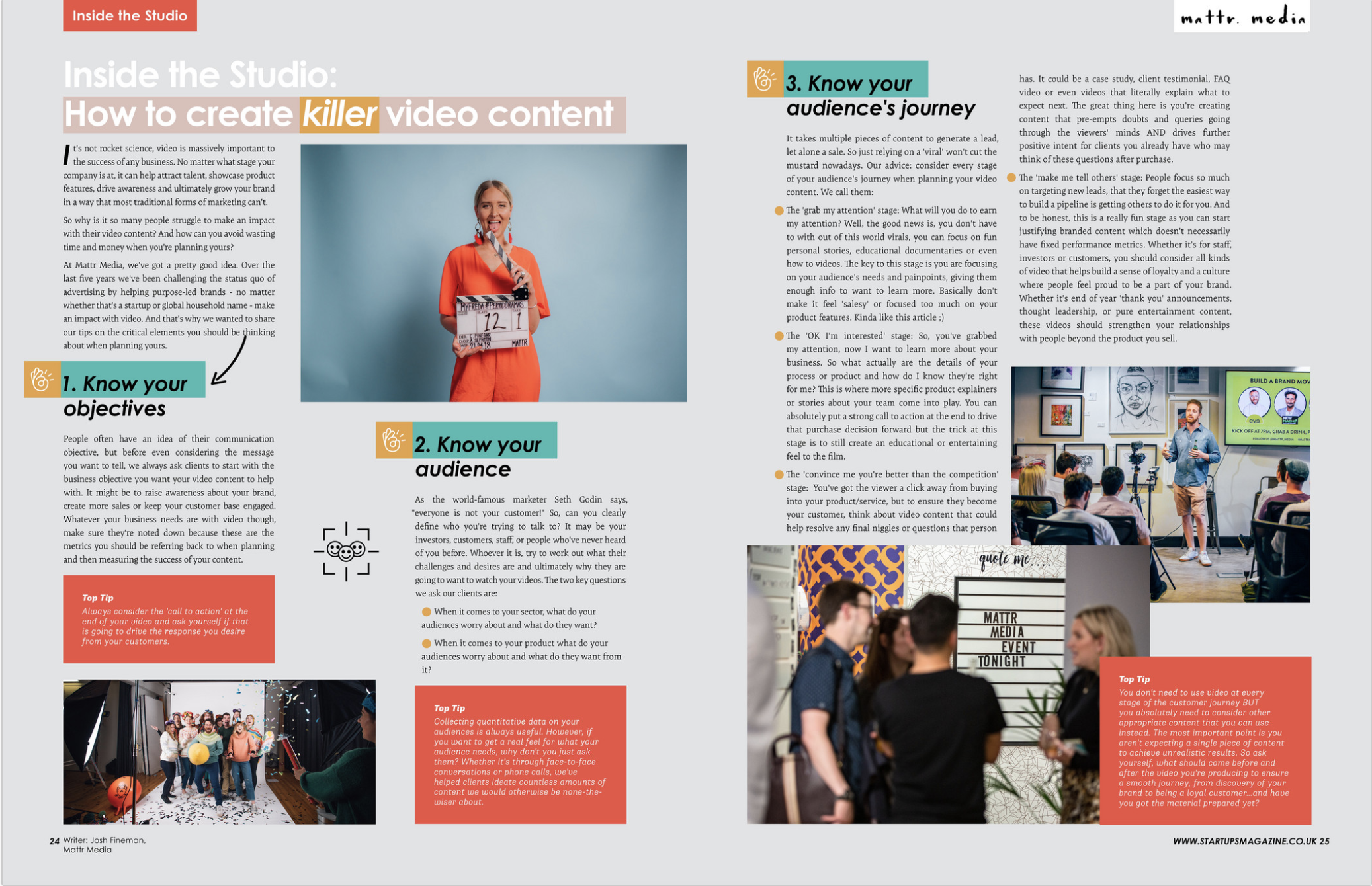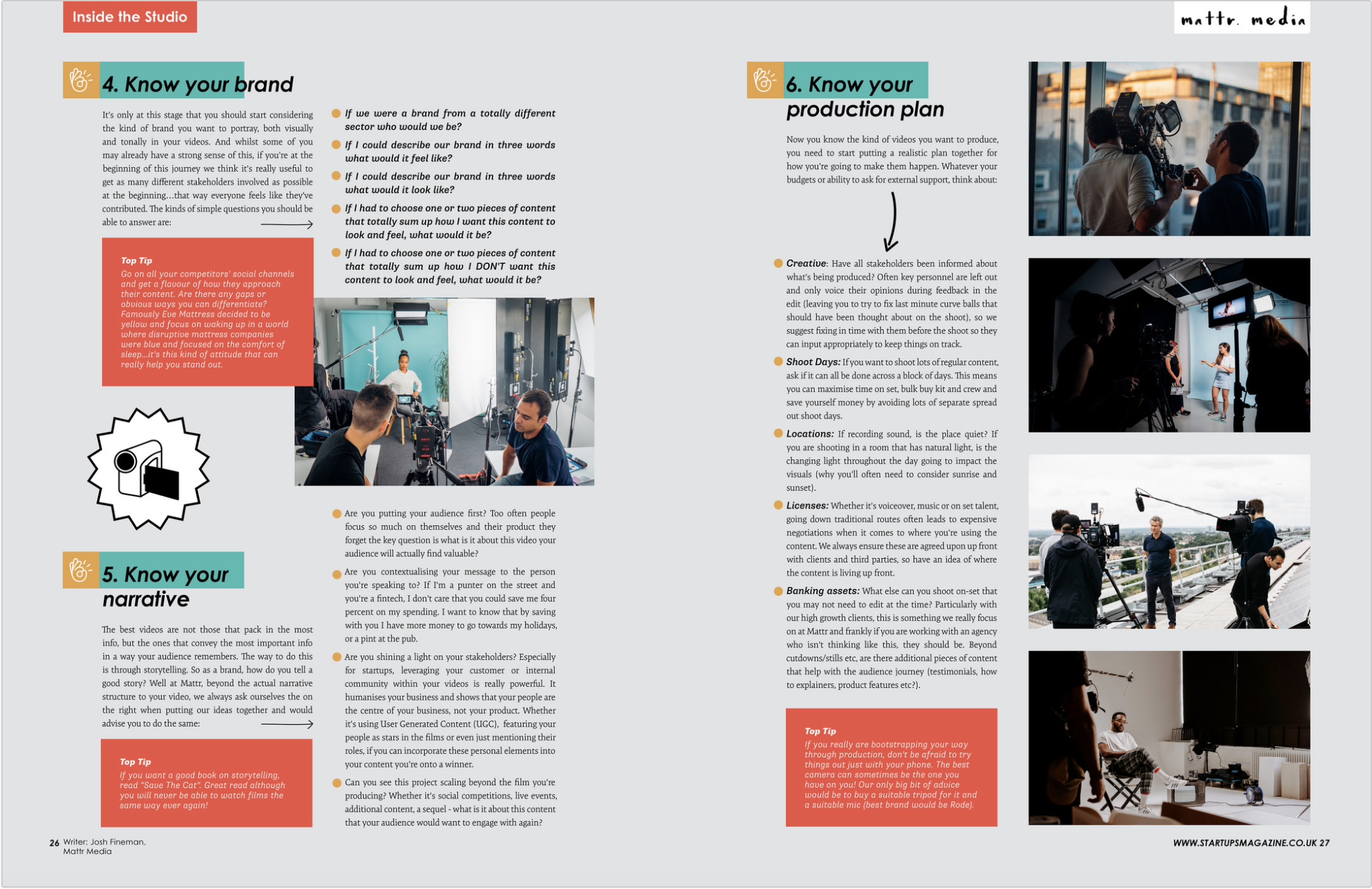This sentiment came from one of our guests who revealed that identifying these truths had helped them navigate a tricky organisation wide re-brand.
To dissect this into three parts:
Interrogating their human truth (essentially what their audience thought about them) helped them face their realities of how their products/services weren’t performing, and what they could do better, for their community directly.
Their organisation truth (focusing on what the needs of the internal departments are) opened up conversations with stakeholders at every level of the brand, to establish what needs to change to enable the business to do what it says on the tin.
And using these two truths finally looking at their sector truth (the position of the brand within their industry vs the competition).
While their re-brand isn’t finished yet, revealing all of these hard-hitting facts and truths has helped break down the brand’s values and purpose into digestible goals for all internal stakeholders, not just the brand + marketing team.
Feel like these conversations relate to your challenges you’re facing at the moment, and want to get involved?
Join us at our next Brand, Bitch & Brekkie roundtable in February. Email sunnii@mattr.media or call her on 07772343952 to book a place!
























